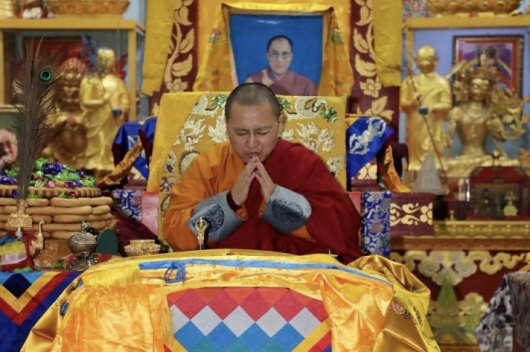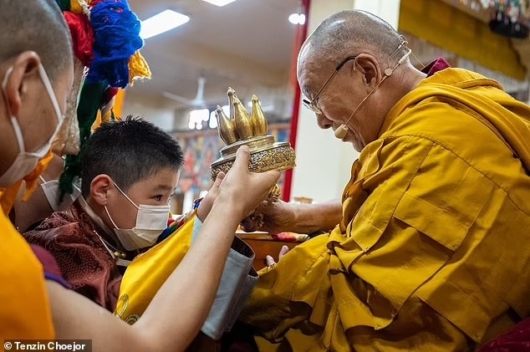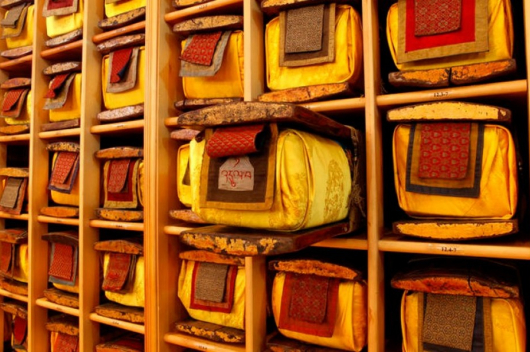Shankh Monastery is one of Mongolia’s oldest Buddhist temples. These days, there are only ten monks living at the 17th-century complex. At its height, the place of worship – located 361km (224 miles) from the capital of Ulaanbaatar in the Uvurkhangai province – housed more than 1,500 monks. As with monasteries across Mongolia, it was closed in 1937 it was closed at the hight of the Stalinist repression.
Buildings were destroyed and many of the monks were executed or sent to labour camps in Siberia. However, five brave monks secretly continued the monastery’s religious activities in a ger (or yurt) during the communist era and the worshipping and chanting of the lamas never stopped. One of these monks helped to reopen the monastery in 1990 following Mongolia’s Democratic Revolution; thankfully, the main temple building, dating to 1647, had escaped significant damage.
Today Shankh, along with the many other Buddhist monasteries scattered across Mongolia, helps form a key part of the country’s national identity. The whitewashed main temple features ornate woodwork, battered by the extreme weather, and plants can be seen protruding through the roof tiles.
 3,575.44
3,575.44












Related News